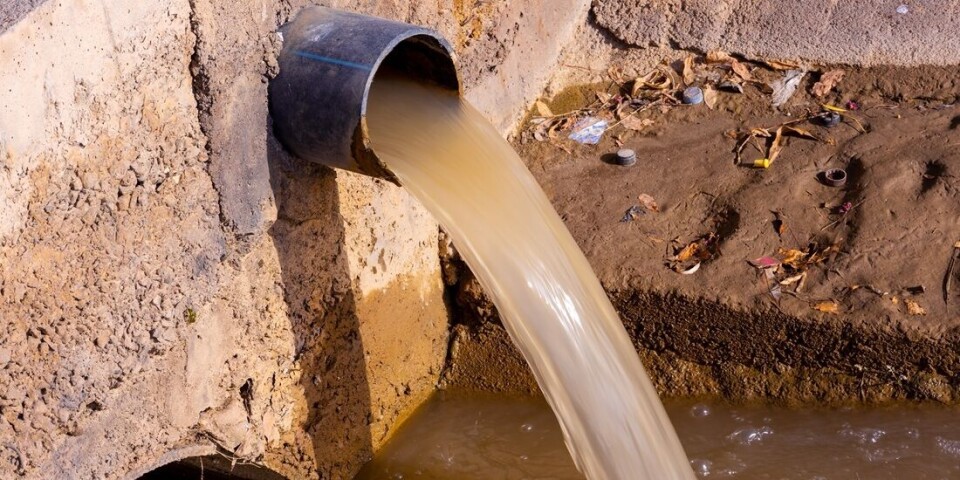THIS CONTENT IS BROUGHT TO YOU BY NTNU Norwegian University of Science and Technology - read more
Sunlight and oil solve a dirty problem
Wastewater can contain many harmful substances. But a new method can clean this water using sunlight and droplets of oil.

Wastewater often contains a cocktail of organic pollutants, ranging from pesticides to pharmaceutical residues.
These are difficult to remove using conventional purification methods. But new research presents a creative method to get rid of them.

“We can break down the harmful chemicals in the water using sunlight and small droplets of oil,” says Zygimantas Gricius from NTNU.
Together with colleagues, Gricius has studied the purification of industrial wastewater.
“They looked at the breakdown of naphthenic acids, which can be found in wastewater from the oil and gas industry, chemical production, and the textile industry,” says professor and supervisor Gisle Øye.
Small droplets clean the water
The small droplets of oil are called photocatalytic Pickering emulsions. An emulsion is a mixture of two liquids that are not completely soluble in each other.
The droplets act as tiny chemical reactors that can break down organic pollution.
“The oil droplets are stabilised by nanoparticles that are activated by light, such as from the sun,” explains Gricius.
Particles initiate the cleaning of wastewater
One promising nanoparticle is titanium dioxide (TiO₂).
The particles settle between the oil and the water. There they capture sunlight and initiate reactions that break down the pollutants.

The research focused on fine-tuning these mixtures so that they became more effective, stable, and reusable.
Gricius made several useful discoveries:
- By combining the droplets with TiO₂, the researchers got droplets that could be used multiple times without losing their effectiveness.
- Polymers are large molecules with a repeating structure. Polymer coatings, such as poloxamers, helped the droplets withstand changes in water composition. However, these coatings can slightly reduce cleaning capacity.
- Silanes are a group of chemical compounds. Surface treatment with silanes gave better control over how the droplets form and interact with the pollutants.
- Adding gold to titanium dioxide improved light capture and efficiency. This was the case under both UV and normal daylight, where different light-harvesting mechanisms come into play. This process also produced more stable droplets.
Shows how we can think differently
The research not only provides new insight into photocatalytic emulsions. It also shows how we can think innovatively about sustainable water purification.
“By combining sunlight, smart materials, and chemical additives, we have found an inexpensive, reusable, and scalable method to purify contaminated water,” says Gricius.
References:
Gricius et al. Design of TiO2-poloxamer stabilized Pickering emulsions for the photocatalytic degradation of 4-propylbenzoic acid, Chemical Engineering Journal Advances, vol. 22, 2025. DOI: 10.1016/j.ceja.2025.100730
Gricius, Z. & Øye, G. Pickering Emulsions Stabilized by Hybrid TiO2-pNIPAm Composites for the Photocatalytic Degradation of 4-Propylbenzoic Acid, ACS Omega, vol. 10, 2025. DOI: 10.1021/acsomega.4c07847
Gricius, Z & Øye, G. 'Recent advances in the design and use of Pickering emulsions for wastewater treatment applications', Soft Matter, 2023. DOI: 10.1039/D2SM01437H (Abstract)
———
Read the Norwegian version of this article on forskning.no
More content from NTNU:
-
Researchers have uncovered major problems in Norway's salmon industry
-
Why ChatGPT is bad at imitating people
-
Outer space has a trash problem, according to researchers
-
These researchers want quantum computers that work properly
-
If you can hear your neighbour snoring, there’s something wrong with the building you live in
-
The spiders that eat stars, and the researchers who catch them





































